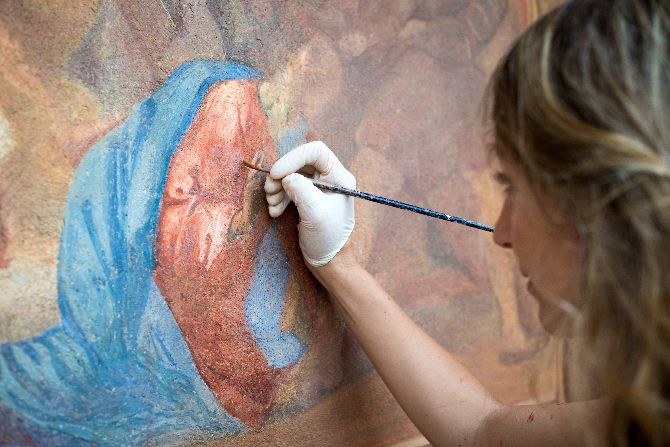In the face of the ongoing addiction crisis, artists across the world are using their talents to inspire change and healing. Through painting, drawing, and other visual arts, they are providing individuals struggling with addiction a means of expression, therapy, and community support. This movement, often referred to as art therapy, is proving to be a powerful tool in the recovery process, offering a creative outlet for emotions that are difficult to verbalize.
Art as a Form of Healing
For many individuals battling addiction, the process of recovery can be overwhelming. The emotions that come with withdrawal, self-reflection, and rebuilding a life free from substances can be intense and difficult to process. This is where art steps in as a therapeutic medium. Painting, for instance, allows individuals to express their inner turmoil in a way that words cannot always capture. By putting their emotions onto a canvas, people in recovery can externalize their struggles, making them more tangible and, ultimately, more manageable.
Therapists and addiction specialists have long recognized the value of creative expression in the healing process. Studies show that engaging in artistic activities can help reduce stress, improve mental health, and enhance self-esteem—all of which are crucial for sustained recovery. By allowing individuals to channel their emotions into a productive and beautiful form, art provides a pathway to self-discovery and inner peace.
Community Art Projects Bringing Awareness
Beyond personal healing, the arts community is coming together to spread awareness and foster support for those affected by addiction. Murals, public art installations, and community painting projects are being created in cities worldwide to spark conversations about addiction and recovery. These artistic collaborations not only provide individuals in recovery with a sense of purpose and connection but also work to break the stigma surrounding substance abuse.
For instance, organizations such as The Art of Recovery and Healing Through Art have initiated programs that bring together professional artists and those in recovery to create powerful visual statements. These initiatives serve as a reminder that addiction does not define a person’s identity and that recovery is not only possible but also beautiful.
Success Stories of Transformation
Many artists who have struggled with addiction themselves are using their experiences to inspire others. Take the example of John, a painter who turned to art after battling opioid addiction. Through his abstract works, he illustrates his journey through darkness and into light, showing others that there is hope beyond addiction. His art has been showcased in multiple recovery centers, inspiring many on their path to healing.
Similarly, renowned muralist Sarah Thompson has dedicated her career to painting large-scale community murals that depict themes of hope and renewal. Her artwork, often created alongside individuals in recovery, serves as a visual testament to the strength and resilience of the human spirit.
Conclusion
The intersection of art and recovery is a testament to the power of creativity in overcoming life’s greatest struggles. By offering a means of expression, connection, and healing, artists are painting a path to recovery—one brushstroke at a time. As more people recognize the transformative power of art, the movement will continue to grow, providing hope and healing to countless individuals affected by addiction.
